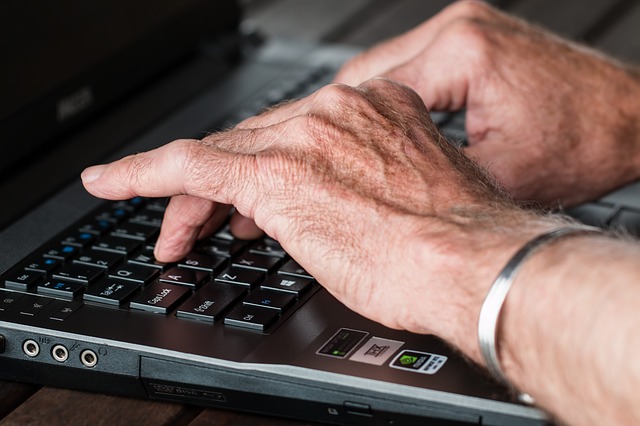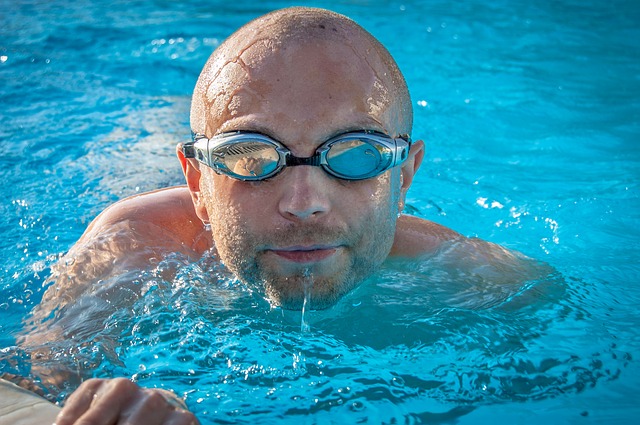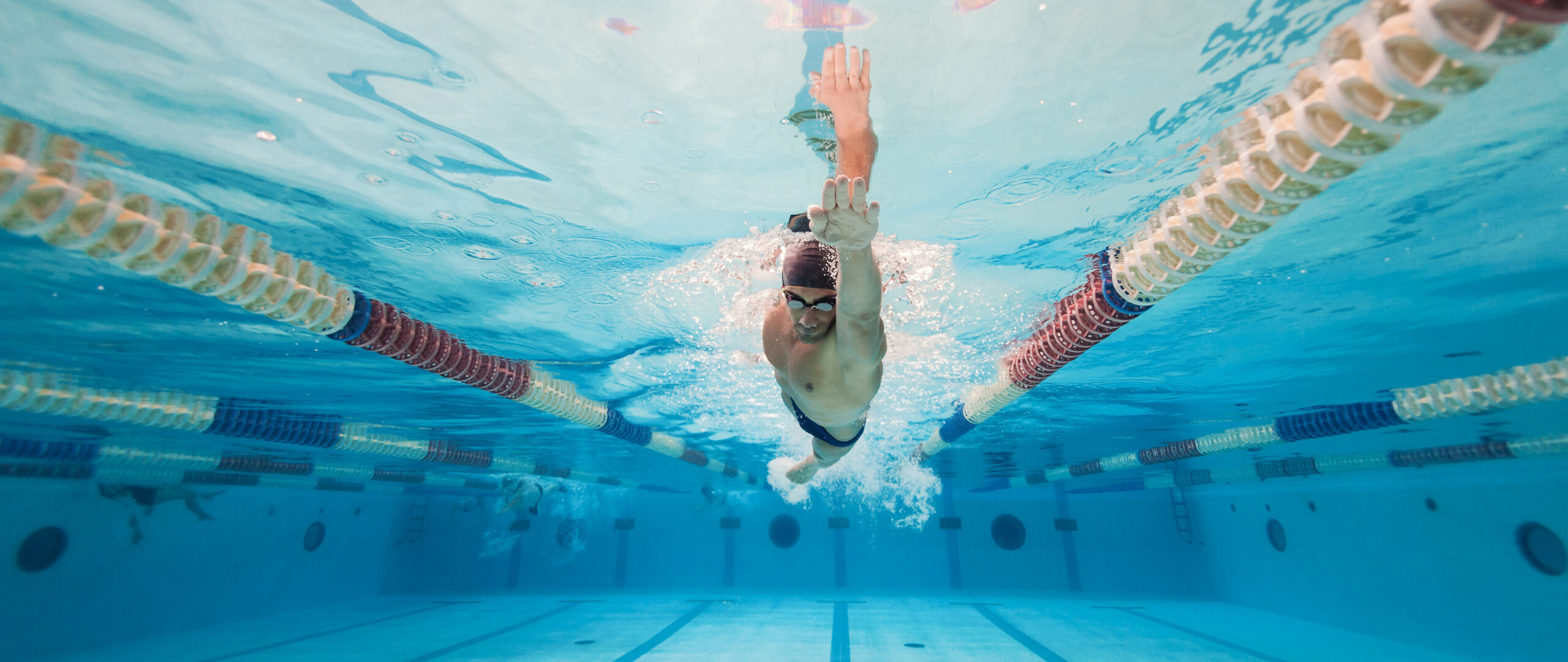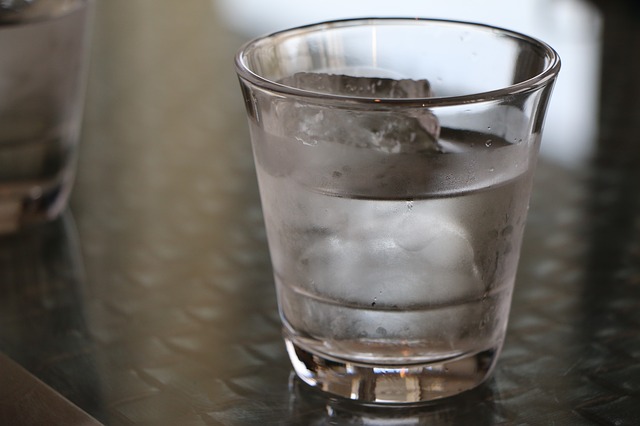Blog
Chiropractic for Arthritis
Arthritis is the leading cause of disability in the United States. A term that covers more than 100 types of conditions relating to inflammation of the joints, it is responsible for more lost productivity and income than any other condition befalling a person of comparable age. And arthritis prevalence is on the rise: the CDC projects that by 2040, up to 78 million people will be afflicted by one form of doctor-diagnosed arthritis. Long thought of as a disease of the elderly, arthritis is starting to affect people earlier and more often: 2/3 of diagnosed arthritis cases belong to people between the ages of 18 and 65.
We help sufferers of arthritis come to grips with their condition and demonstrate how a proactive approach to the management of the condition can help you live happily despite the pain:
- Routine spinal adjustments are beneficial because they help inhibit the body’s production of inflammatory cytokines.
- Spinal adjustments also help improve range of motion, helping you to get moving which also improves symptoms.
- Nutrition is a large consideration: ingredients like omega-3 fatty acids help limit the body’s inflammatory response.
- Purposeful exercise and stretching can help improve circulation and limit inflammation.
Whether it is due to deskbound jobs, long hours at the computer and cell phone addiction, it is clear that arthritis has become epidemic. While the statistics don’t look great and there is no clear cure as of yet, chiropractic offers reprieve from the pain and stiffness that comes with the different types of arthritis.
Home is Where the Pool is, Happy 4th!
Getting wet: refreshing for the mind and soul; and, incidentally, extremely beneficial for the spine. With the downward force of gravity suspended, feel your body come alive in the pool. For such a holistic activity, swimming is rarely thought of as a first-choice fitness activity. It usually falls behind biking and running, two activities that are much harder on the joints and muscles than a swim because they involve repetitive impact under the omnipresent gravitational pull.
Here are some ways that being buoyant can benefit your body:
- Soaking: how good does it feel to be in a hot tub? As long as the water is not scalding hot, a good soak gets your blood circulating, encourages muscle relaxation and healing, and is excellent for decreasing inflammation and support of the joints. Another plus is that you can perform this in the comfort of your own bath! For an extra boost to help aches and pains, add some epsom salts.
- Water therapy programs can be specified to the individual. They require stretching and aerobic activity within the (usually warm water) pool, which provides you with all the benefits of soaking plus the benefit of movement to improve flexibility and reduce pain. They can be used to treat back pain of varying degrees.
- Once you are ready to up the ante, swimming is a great way to work out all the muscles of the body because the water provides gentle resistance for your movement but also supports you as you propel yourself through the water.
Swimming is not right for everyone, but it could be right for you: you can never know until you try it. It is important to remember that if you are in pain, No activity should be undertaken unless it is advised by a professional. We offer you the peace of mind that your back has been evaluated to the full extent. Together, we create a plan for rehabilitating and strengthening that addresses your specific condition and gets you back to a state of full health. Call our office to schedule an appointment today.
Text Neck
Talk about a 21st-century condition: the name itself is enough to conjure images of buses full of commuters, head-phones in and heads down, scrolling through their individual news feeds. As a chiropractor, cell phone culture makes me despair. We are seeing the premature onset of spinal conditions linked to young lifestyles that involve too much electronic consumption and not enough physical activity.
Pull your cell phone out of your pocket and have a look: chances are you moved it from pocket to lap, and are looking down at it from above. Very few people heed the conventional wisdom of holding their cell phone at arm’s length and eye level; it’s just not a “cool” look. The problem is about weight: particularly that of the head in relation to the spine. When you hold your phone at hip level and crane down over it, you are magnifying the weight of the head to the spine and creating imbalance at the same time.
Symptoms of text neck:
- Stiffness and soreness in the neck
- Upper back and shoulder pain
- Muscle spasms
- Reduced range of motion in the neck
At our office, we take a proactive approach to treating text neck. Prevention is the name of the game: reducing the amount of time you spend daily looking down at the phone and encouraging you to take breaks if looking at screens for an extended period of time. Any excessive amount of time spent looking down is creating strain on the neck. Rehabilitation is the next logical step: we provide you with spinal adjustments to improve your range of motion and reduce nerve irritation. From here we work on strengthening the core as a support for the upper body and increasing the strength and pliance of muscles in the neck and shoulder through stretching and exercise.
Nutrition for Herniated Discs
A diet for herniated discs is surprisingly similar to a diet for good spinal health, excepting that you probably need an extra boost of anti-inflammatory nutrients to reduce painful inflammation and help you focus on healing. Nutrition for the herniated disc is directly related to the anatomy of the injury: spinal discs are made up of 2 layers.
- Annulus fibrosus: the outer layer, made up of strong collagen fibers.
- Nucleus pulposus: the inner layer, composed of looser fibers that allow for movement and shock absorption.
Because the injury involves the annulus fibrosus becoming strained and splitting, we want to focus on consuming ingredients that help rebuild and fortify the existing cartilage that makes up the structure. Foods to consider include:
- Vitamin C: helps to form collagen, which binds and supports tissue.
- Sulfur-rich foods: supports collagen production, includes foods cruciferous vegetables like cauliflower, broccoli, and Brussels sprouts.
- Glucosamine sulfate: often found in supplement form, this is great for helping the body to form chemicals that help with cartilage repair.
- Omega-3 fatty acids: for their anti-inflammatory properties which help with pain.
As part of a holistic health plan, nutrition is one of the three big elements along with exercise and physical therapy that will help you heal quickly. Your injury could be the wake-up call you need to start eating a more balanced diet to account for the degradation that naturally occurs to our bodies over time. If you are suffering from a herniated disc, it’s time to give our office a call. We specialize in helping you create a plan that incorporates nutrition with chiropractic care and corrective exercise to help you address your pain, get back on your feet and repair the injury fully.
Why Swim?
Just as water can, you can be consumed with weight loss, so too can water be used as a workout medium that is less physically stressful to the body than other sports such as running. As a chiropractor, I wholeheartedly endorse the aerobic, low-stress nature of swimming as a means of losing weight and feeling great. Assuming you are comfortable in the water, here are a few reasons why you might want to consider making swimming your new go-to workout:
- Being buoyant: studies link being in the water with improvement in mood for both men and women. Perhaps this is because as you float, gravity is partially suspended and muscles can relax for a minute.
- Less repetitive trauma: running is the most thought-of aerobic activity, but it comes with one significant detractor, the repetitive shocks to the joints that wear them down over time. This is not the case with swimming.
- Better respiratory function: water is denser than air, meaning that your diaphragm and the accessory muscles must work harder to capture and supply oxygen to your cells. Essentially, you are toning your breathing muscles which will benefit you during your everyday life.
- Whole body workout: water provides a natural resistance that tones the entire body, without you necessarily being aware of it. You may even feel less fatigued, even though an hour of vigorous swimming can burn up to 500 calories.
Swimming is a great thing to add to your life if you have been lacking movement. However, we realize that no exercise can be comfortably attempted if you are restrained by pain. We offer treatment modalities that can treat a body wracked by the stiffness and aching of a sedentary lifestyle and show you why swimming a few times a week may be desirable. Give our office a call to schedule an appointment today.
Water for Weight Management
Weight management is an integral part of any health plan and the importance only becomes more pronounced as we get older. When we decide to “diet,” to lose weight or use nutrition to maintain a healthy weight, it is important to take stock of your pantry. Diet is about attitude: if you choose to believe it and pursue it, eating healthy ingredients can be as easy as eating conveniently. A nutrient that exemplifies this: H2O. The plain and simple truth: drinking more water can help you lose more weight.
Drinking water helps boost your resting energy expenditure, which is measured by the amount of calories you burn without activity. With no exercise involved, drinking water boosts REE by up to 30% for about an hour after consuming 1/2 liter of water.
Drinking water helps curb your appetite. Perhaps because it makes you feel full, drinking water before meals reduces appetite, leading to less calorie consumption and more weight loss.
Replacing soda, alcohol or coffee with water is one of the best things you can do to impact your health immediately. Each of these liquid alternatives come with their own set of negatives, whether it is empty calories or high sugar content, they are at best mildly refreshing and, at worst, fat-building and dehydrating. If you made no other lifestyle changes at all in terms of exercise or other dietary considerations, drinking more water would still help you lose weight over a 12 month period.
Alcohol and Healing
For people trying to rehabilitate from a variety of back-pain inducing conditions and injuries, the pain-masking effect of alcohol could be causing you more trouble than the consumption is worth. Alcohol is known for it’s anesthetic quality which make it an easy go-to when severe pain or stiffness has got you down. However, along with this comes a host of other side-effects which could be sabotaging your rehabilitation progress.
- Pain is a signal: we shouldn’t try to block out clear distress calls from our body. Instead, we should focus on finding the root of the problem, healing it, and strengthening to prevent further injury.
- Alcohol is an impediment: muscle growth, hydration and energy levels are all affected negatively by alcohol.
- Sleep deprivation: faulty logic leads us to think that the sedative effect of alcohol helps us reap a restful and productive sleep. While it may help you to clock out, achieving the full benefits of REM sleep is made more difficult with alcohol consumption.
- Encouraging a sedentary lifestyle: Alcohol inhibits us from following through with activities that would have gotten our bodies moving and strengthening.
At our office, we help people find balance. When seeking success in injury recovery, we want to stack as many odds in our favor as possible. Alcohol, for all its effects negative and positive, could be counter-productive to your rehab plan. We can provide you with chiropractic adjustment, therapeutic massage, and teach you stretching and corrective exercise that will keep your joints limber and muscles strong. From there, minor lifestyle adjustments can make the difference between an efficient recovery and a drawn-out one.
The Perfect Pillow
It’s time to take stock of your pillow flock. How many of them are providing you with the comfort and support needed to sleep productively? On the flip side, how many of them are causing you to toss and turn in discomfort, and putting you at risk for obesity and depression? If assigning such serious outcomes to an inanimate object seems excessive, the logic is simple: a less perfect pillow causes you to get less rest. Less rest and sleeping at an improper angle will worsen the following symptoms:
- Headaches
- Neck pain
- Breathing
- Back pain
- Mental clarity
- Physical performance
If you have been holding on to a beloved bag of feathers, it may be time to toss it aside and invest in a better pillow. The elements of a good pillow are simple: while brands vary in quality, you want to seek out a pillow that maintains the neutral alignment of your spine by assuming the space between mattress and neck. In this picture, your spine would maintain a straight line through the neck region. This means different things to different sleepers:
A side-sleeper wants a firmer pillow to assume the distance between the mattress and neck, as measured from the outside of the shoulder.
A back-sleeper wants a thinner pillow to avoid moving the head at too much of a forward angle.
Stomach-sleepers may not need a pillow at all. However, using a pillow under the stomach can prevent the lower back pain that befalls many stomach sleepers.
A pillow can be a very important and sentimental purchase. Taking the time to find the right one can make all the difference in your well-being. For help maintaining spinal alignment throughout all phases of day and night, give our office a call to schedule an appointment.
Herniated Discs
Herniated disc prevalence is on the rise in America. As modern trends lead us into more sedentary lifestyles, the cards become stacked against the spine’s chance at longevity. Cell phone obsession, desk-bound work schedules, and the wide availability of electronic entertainment have taught us to sit more than ever. At our office we are concerned with protecting the integrity of your spine, the superhighway of the nervous system, so that you can enjoy old age without the incursion of back pain and stiffness. While most herniated discs will heal themselves given enough time, the time frame can vary depending on how much attention and care is devoted to the injury. Being proactive about your pain is the best way to heal and prevent the recurrence of injuries in the future.
Herniated discs are most commonly a wear and tear injury. Performing the shock-absorbing function for the spine, these discs are located between each vertebra and are composed of cartilaginous material. A disc herniation refers to a condition where the disc bulges or breaks and moves outside of its normal space. This bulge often puts pressure on nerves that are exiting the spinal column nearby, creating the pain, inflammation and stiffness that is associated with the injury.
Most commonly, herniated discs are caused by the wear and tear of age: because we don’t pay enough attention to the nutrition and exercise that is needed to maintain their health, these shock absorbers degenerate until they reach a breaking point. Herniated discs can also be caused by more acute forces such as whiplash.
So, do you want your injury to be one that heals in 6 weeks or 1 year? Do you want your injury to be one and done, healed and strengthened against future injury? We can help you enact a plan that involves chiropractic adjustment, spinal decompression and therapeutic massage that will reduce your pain and get you back on your feet. From here, the trajectory is upward: paying attention to nutrition and exercise can help you have a happy, healthy back long into life.
How Stress Creates Pain
On the whole, our society operates with levels of stress that are bound to cause damage. Feeling great physically begins with feeling great mentally; how can you reasonably expect to overcome pain, lose weight or achieve any health objective if your mind is clouded by stress? We want to give you some reasons to consider using our treatment to reduce stress and feel less pain.
While stress is the word used to describe a state of mental or emotional tension, it often manifests itself physiologically. High blood pressure is frequently linked to chronically high-stress levels, such as headaches and muscle tissue deterioration. We often hear people complain of joint pain when they are experiencing prolonged stress. Here is a concrete example of stress creating pain: Do you ever feel tense or tight in the shoulder and neck region during a day of work? Your body is accumulating tension as you work and, as stress levels rise, tension increases. This kind of prolonged tightening can also create a misalignment in the vertebral column which will result in undue pressure on the nerves and pain.
Chiropractic can be used as a successful therapy for stress. Through spinal adjustment, we ensure that your spine is properly aligned and nerves are free and functioning effectively. By addressing regions that are causing you pain, we remove the need to worry about a problem area that adds to the build-up of stress. Furthermore, we focus on boosting your blood circulation to ensure that all the processes of your body are adequately supplied with oxygen and nutrients. Call our office today and find out how we can help you stress less and feel better today.









